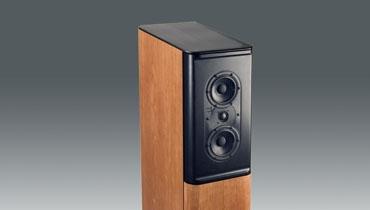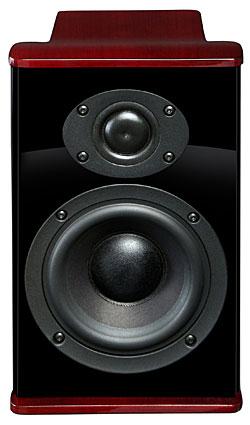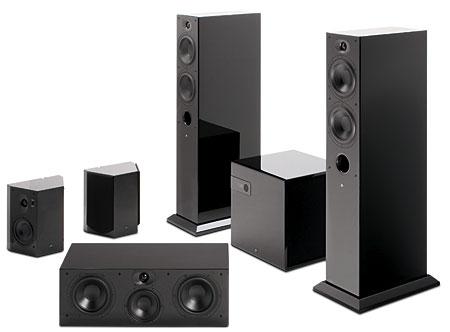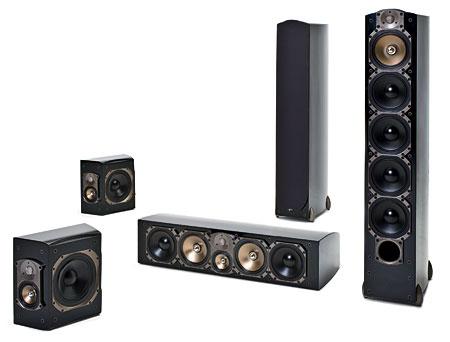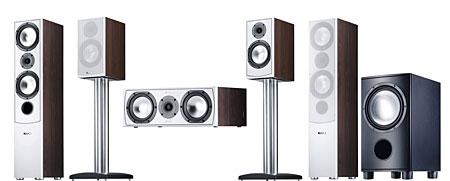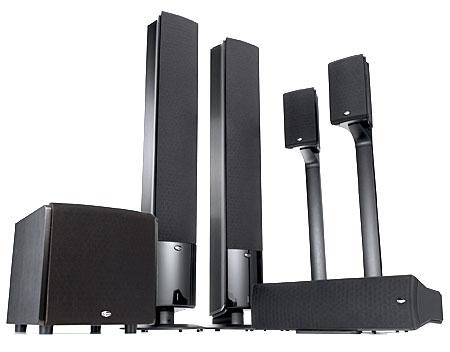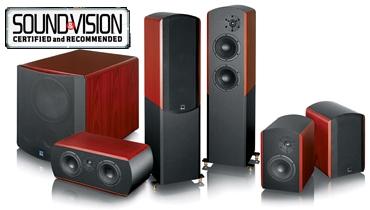Tower Speaker Reviews
Sort By: Post Date TitlePublish Date
|
Mar 06, 2009
|
Mar 02, 2009
|
Feb 09, 2009
|
Dec 29, 2008
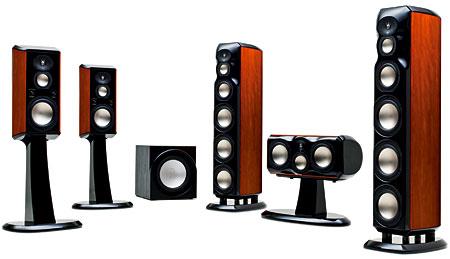


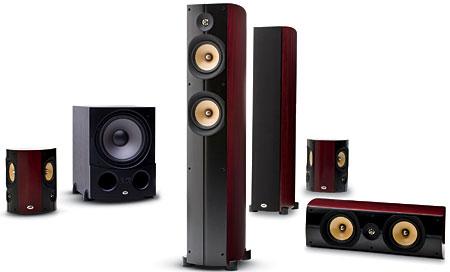

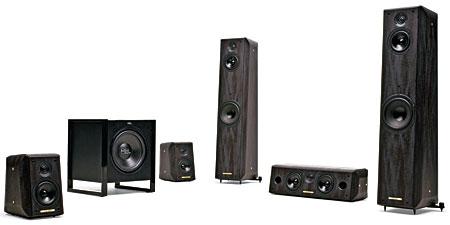
 Price: $6,044 At A Glance: Elegant, understated styling • Sweet yet detailed sound • Excellent dialogue intelligibility • Coherent three-dimensional picture • High SPLs without strain
Price: $6,044 At A Glance: Elegant, understated styling • Sweet yet detailed sound • Excellent dialogue intelligibility • Coherent three-dimensional picture • High SPLs without strain

